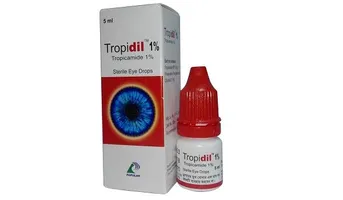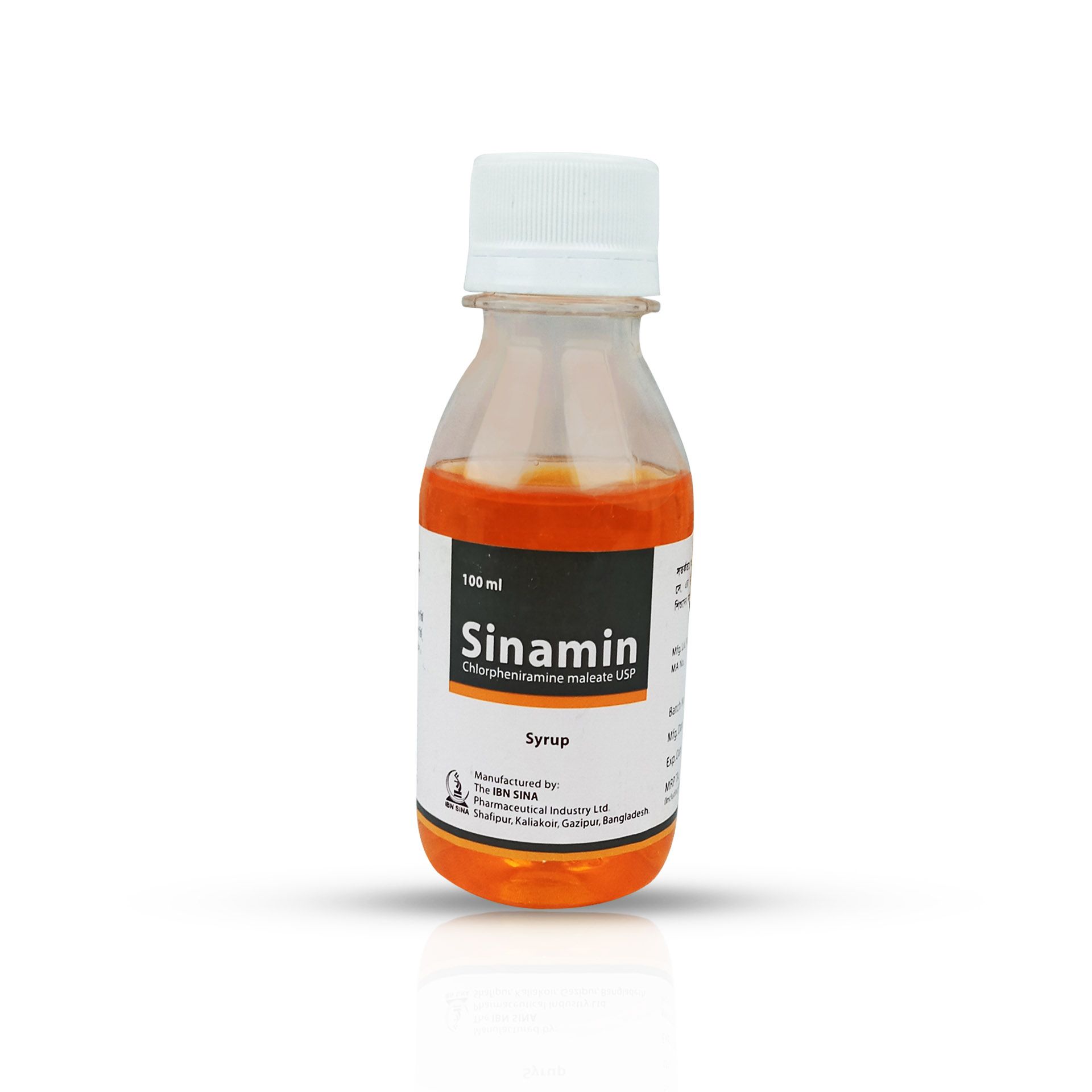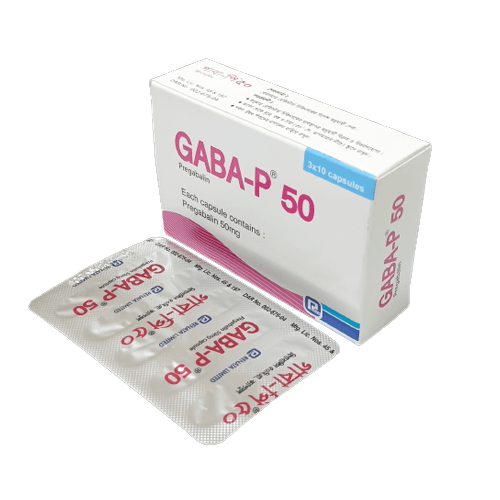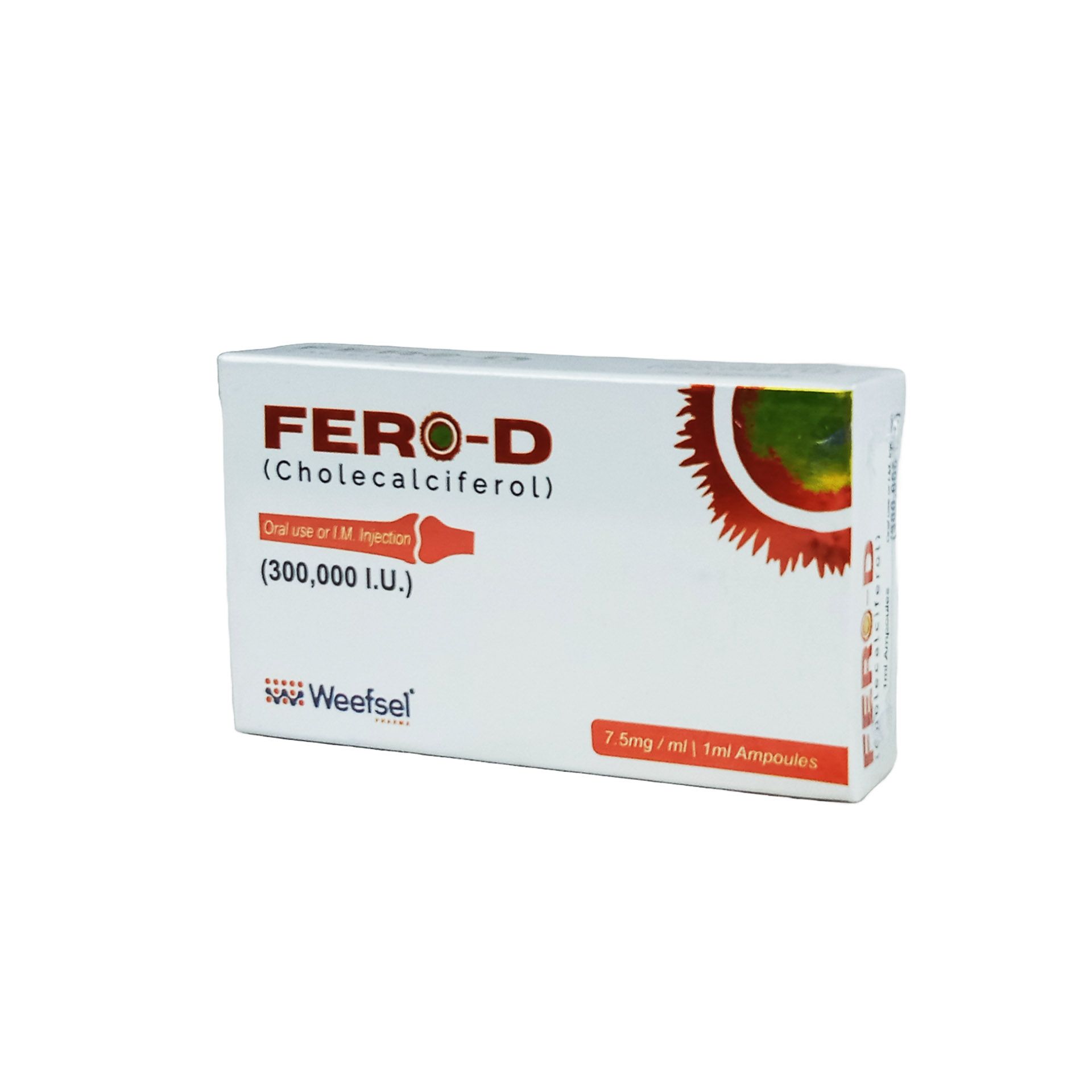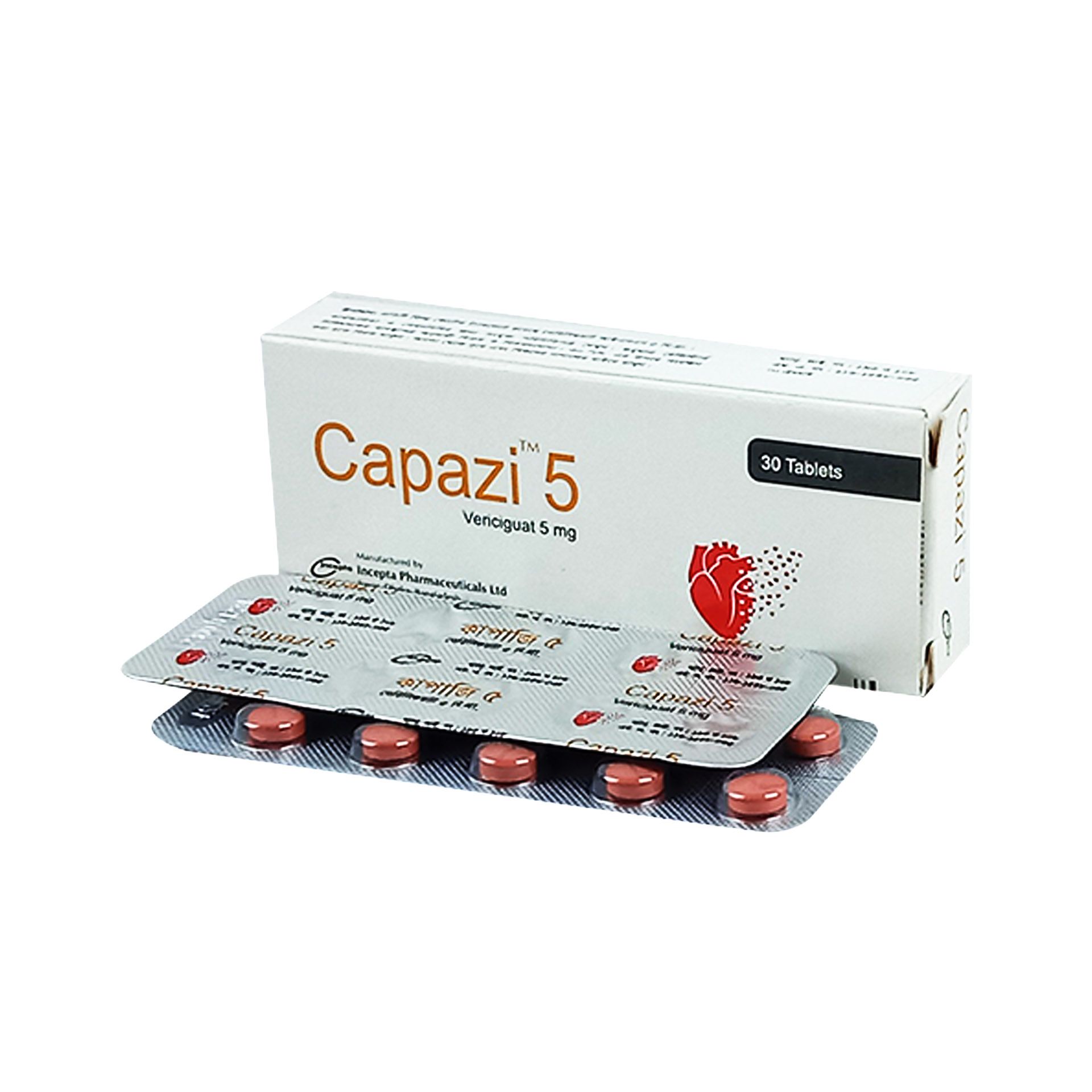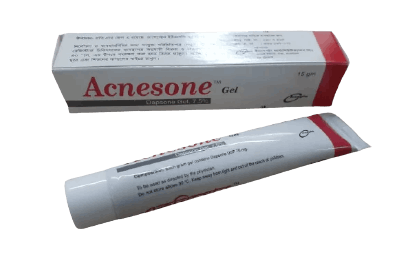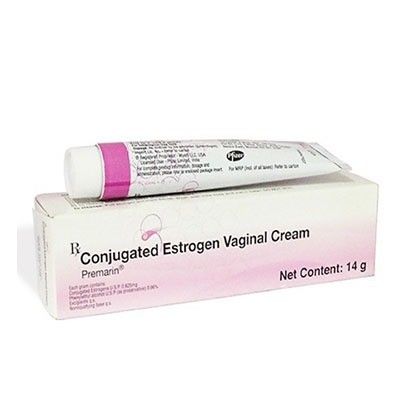



Premarin Cream - (14gm)
(0
reviews)
Sold by
Ashik Medical
Price
৳1,071.00
৳1,260.00
/pc
-15%
Club Point:
200
Refund
Not Applicable
Share
Top Selling Products
-
৳76.50
৳85.00 -
৳27.00
৳30.00 -
৳126.00
৳140.00 -
৳342.00
৳380.00 -
৳450.00
৳500.00 -
৳135.00
৳150.00
Reviews & Ratings
0
out of 5.0
(0
reviews)
There have been no reviews for this product yet.
Introduction
Premarin Cream is a female sex hormone (estrogen). It is a part of female hormonal replacement therapy which helps in treating estrogen deficiency symptoms like hot flushes (red and warm face) and vaginal dryness. Premarin Cream is also used to prevent osteoporosis (thinning and weakening of bone) in postmenopausal women, who are at high risk of fractures and can not take other preventive medicines for osteoporosis. It can be taken with or without food, but remember to take it at a fixed time each day for better efficacy. The dose and duration will be decided by your doctor so that you get the right amount to control your symptoms. The treatment should not be stopped abruptly without consulting your doctor as this may affect the potency of this medicine. The most common side effects of this HRT are headaches, breast pain, irregular vaginal bleeding or spotting, abdominal cramps or bloating, nausea, vomiting, and hair loss. If any of these side effects or any other symptoms which you think are because of this medicine persist for a longer duration, please inform your doctor. Before taking this medicine, it is important to tell your doctor if you are taking or have recently taken any other medicines for the same disease or other diseases. Before you initiate with this HRT, you must consult the doctor if you have a history of unexplained vaginal bleeding or if you have ever had a blood clot in your legs or your lungs. If you are pregnant or breastfeeding, you should tell your doctor before taking this medicine. Your doctor may suggest you some diagnostic or laboratory tests to know the effects and side effects of this medicine on your body.
Uses of Premarin Cream
- Hormone replacement therapy
Side effects of Premarin Cream
Common
- Bloating
- Breast pain
- Hair loss
- Headache
- Irregular vaginal bleeding
- Nausea
- Stomach cramp
- Vomiting
How to use Premarin Cream
Take this medicine in the dose and duration as advised by your doctor. Swallow it as a whole. Do not chew, crush or break it. Premarin Cream may be taken with or without food, but it is better to take it at a fixed time.
How Premarin Cream works
Premarin Cream is a mixture of estrogens (female sex hormone). In women who are undergoing or have attained menopause, it prevents symptoms such as hot flushes, night sweats and mood swings. It also prevents the bones from becoming porous and fragile (osteoporosis).
What if you forget to take Premarin Cream?
If you miss a dose of Premarin Cream, take it as soon as possible. However, if it is almost time for your next dose, skip the missed dose and go back to your regular schedule. Do not double the dose.
Quick Tips
- You have been prescribed Premarin Cream as a part of hormone replacement therapy to relieve symptoms of menopause.
- It may also be used for preventing osteoporosis in postmenopausal women who are at high risk of fractures.
- Take it at the same time everyday to help you remember to take it.
- Inform your doctor if you experience any unusual vaginal bleeding or spotting, abnormal vaginal discharge or vaginal discomfort while taking Premarin Cream.
- It may increase the risk of breast cancer. Have regular breast examinations.
- Stop taking this medicine and inform your doctor immediately if you notice unexplained swelling and pain in your limbs, shortness of breath, chest pain, or changes in vision. These could be symptoms of a blood clot in a vein.
Brief Description
Indication
Osteoporosis, Fungal infections, Itching, Burning, Hot flashes, Vaginal dryness, Vaginal atrophy, Menopausal symptoms, Female hypogonadism, Metastatic breast carcinoma, Ovarian failure, Prostate carcinoma, Primary ovarian failure, Hormone replacement therapy, Oral contraceptives
Adult Dose
Menopausal Vasomotor Symptoms, Atrophic Vaginitis/Kraurosis Vulvae 0.3 mg PO once daily in either continuous daily regimen or cyclic regimen (25 days on, 5 days off); adjusted PRN; use lowest dose that control symptoms; may be given daily if medical assessment warrants it Female Hypogonadism 0.3-0.625 mg PO once daily in cyclic regimen (3 weeks on, 1 week off); may be titrated every 6-12 months; adjusted PRN; add progestin treatment should be added to maintain bone mineral density once skeletal maturity achieved Osteoporosis Prophylaxis 0.3 mg PO once daily in cyclic regimen (25 days on, 5 days off); adjusted PRN based on clinical response; may be given daily if medical assessment warrants it; administer lowest effective dose May also be used in combination with medroxyprogesterone acetate Prostate Cancer Palliation only 1.25-2.5 mg PO q8hr Female Castration/Primary Ovarian Failure 1.25 mg PO once daily in cyclic regimen (25 days on, 5 days off); adjusted PRN; administer lowest effective dose Breast Cancer Palliation Metastatic disease in selected patients (males and females):10 mg PO q8hr for >3 months Abnormal Uterine Bleeding 25 mg IV/IM; repeated in 6-12 hours PRN or 25 mg IV repeated q4hr for 24 hr; if no response after 2 doses, re-evaluate therapy Alternative regimen: 10-20 mg/day PO divided q4hr May administer low dose medroxyprogesterone acetate with therapy or following therapy Cyclic therapy: 25 days on, 5 days off; either 3 weeks on, 1 week off
Contraindication
Severe liver impairment; breast carcinoma; thromboembolic disorders; CV disease; undiagnosed vag bleeding; estrogen-dependent neoplasms; hypersensitivity; pregnancy.
Mode of Action
Estrogens modulate pituitary secretion of gonadotropins, leutinising hormones and follicle-stimulating hormones through -ve feedback mechanism, thus reducing elevated levels of hormones in postmenopausal women during oestrogen replacement therapy.
Precaution
Asthma, epilepsy, migraine; heart or kidney dysfunction; CV disease; cerebrovascular disorders; diabetes, hypercalcaemia; gall bladder disease; porphyria. Childn. Lactation. Lactation: Use controversial; estrogens are excreted into breast milk in small quantities; use with caution
Side Effect
>10% Abdominal pain (15-17%),Back pain (13-14%),Breast enlargement,Breast tenderness (7-12%),Headache (26-32%),Arthralgia (7-14%),Pharyngitis (10-12%),Sinusitis (6-11%),Diarrhea (6-7%) 1-10% Depression (5-8%),Dizziness (4-6%),Nervousness (2-5%),Flatulence (6-7%),Vaginitis (5-7%),Leukorrhea (4-7%),Leg cramps (3-7%),Increased cough (4-7%),Pruritus (4-5%) Frequency Not Defined Amenorrhea,Breakthrough bleeding,Corneal curvation change,Melasma,Spotting,Vaginal moniliasis,Weight changes Potentially Fatal: Unopposed replacement therapy in postmenopausal women associated with increased risk of endometrial and breast cancer. Potentially Fatal: Unopposed replacement therapy in postmenopausal women associated with increased risk of endometrial and breast cancer.
Interaction
Rifampicin, barbiturates increase rate of metabolism. Potentially Fatal: May reduce the efficacy of anticoagulants.
Frequently Bought Products
Product Queries (0)
Login Or Registerto submit your questions to seller
Other Questions
No none asked to seller yet
Top Selling Products
-
৳76.50
৳85.00 -
৳27.00
৳30.00 -
৳126.00
৳140.00 -
৳342.00
৳380.00 -
৳450.00
৳500.00 -
৳135.00
৳150.00

